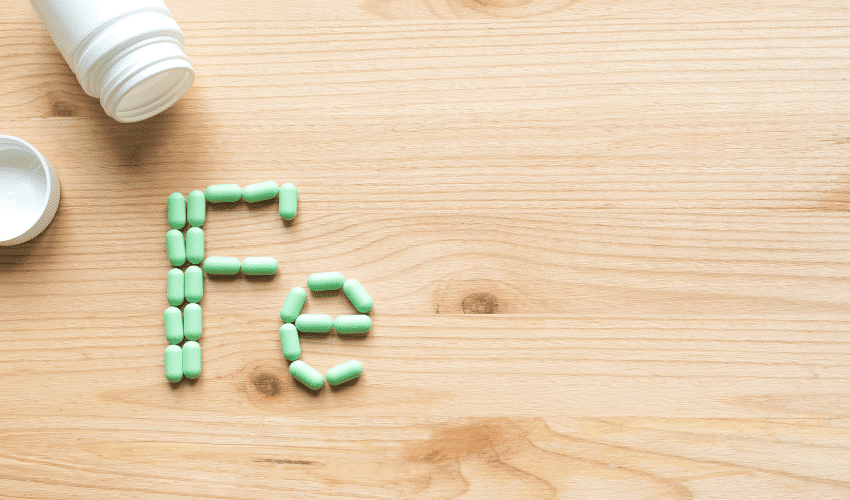Introduction: Unraveling the Complexities of Hypochromic Microcytic Anemia
Microcytic anemia is a prevalent blood disorder characterized by smaller than average red blood cells, leading to a decreased ability to transport oxygen throughout the body. This condition can have a significant impact on an individual’s overall health and well-being. In this article, we’ll dive into the top 10 causes of microcytic anemia and discuss the steps you can take to manage them. By becoming familiar with these causes, you’ll be better equipped to make informed decisions about your health and take proactive measures to address them.
Microcytic anemia can be caused by various factors, ranging from genetic conditions to lifestyle choices. Identifying the underlying cause is crucial for implementing effective treatments and improving the quality of life for those affected. In the sections that follow, we’ll delve into the most common causes of microcytic anemia and provide insights on how to address each one. By understanding these causes, you’ll be able to take appropriate steps to manage your condition and maintain your health.
1. Insufficient Iron Intake

Insufficient iron intake is a leading cause of hypochromic microcytic anemia. Iron is an essential component of hemoglobin, the protein responsible for transporting oxygen throughout the body. When there’s a lack of iron in the diet, the body struggles to produce adequate hemoglobin, leading to anemia.
There are several reasons why a person’s diet may lack sufficient iron. For example, vegetarians and vegans may not consume enough iron-rich foods, as some of the best sources of iron come from animal-based products. Additionally, certain factors, such as pregnancy, breastfeeding, and menstruation, can increase an individual’s iron requirements, making it challenging to meet the body’s demands solely through diet.
To address iron deficiency anemia, it’s crucial to incorporate iron-rich foods into your daily meals. Good sources of iron include red meat, poultry, fish, beans, and fortified cereals. In more severe cases, iron supplementation may be necessary under a healthcare professional’s guidance. It’s also important to pair iron-rich foods with sources of vitamin C, as this nutrient enhances iron absorption.
Moreover, certain food components, such as phytates and polyphenols, can inhibit iron absorption, while others, like heme iron from animal sources, facilitate better absorption. Being aware of these factors can help individuals optimize their diets to prevent and manage iron deficiency anemia effectively. (1)